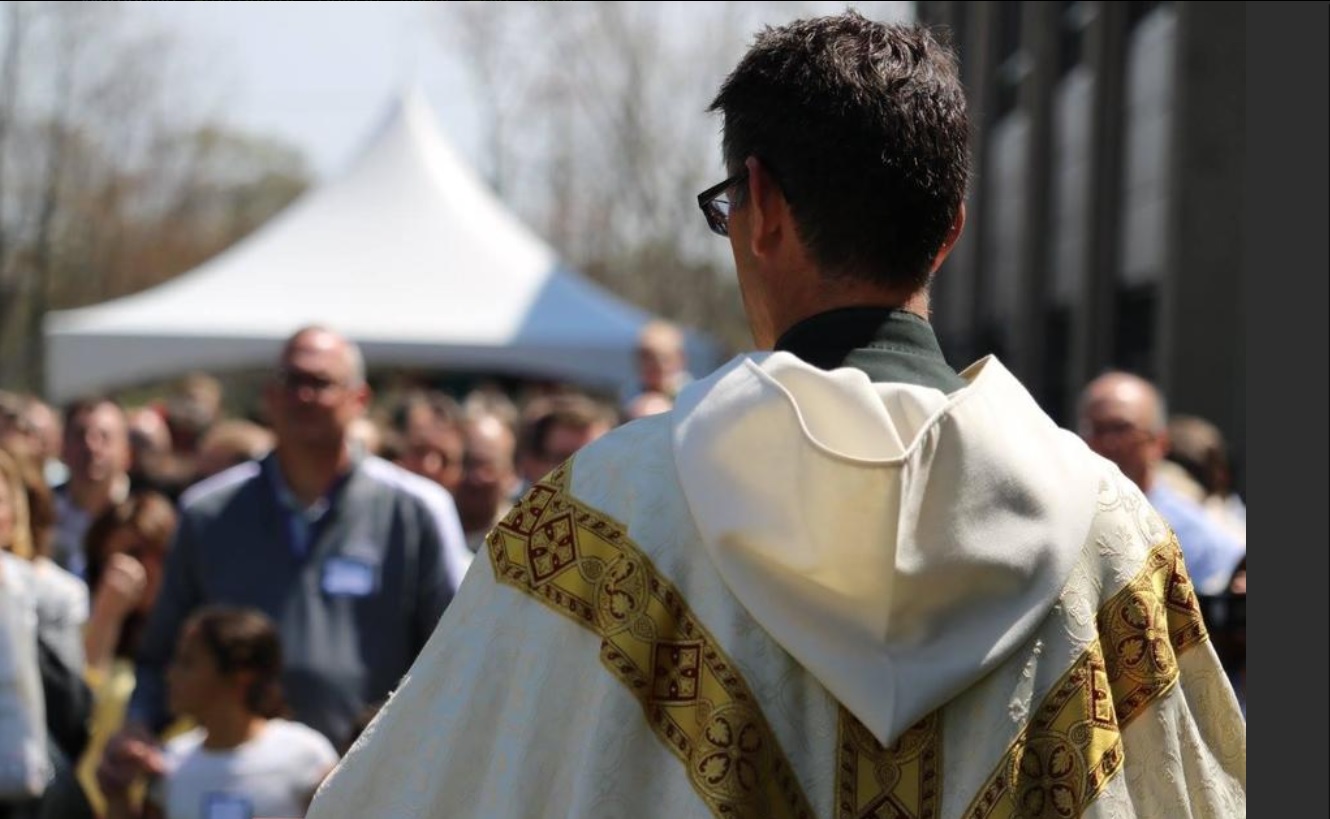
Catholic League for Religious and Civil Rights,
A recent Gallup survey shows that news stories about clergy sexual abuse have Catholics questioning their affiliation with the Church. Before examining why, an analysis of the data is warranted; it reveals a nuanced portrait of Catholics.
The survey found that 37% of Catholics said they are questioning whether to remain in the Church; the figure in 2002 was 22%. Who are these Catholics? Most of them seldom or never go to church: 46% of these Catholics are questioning whether to remain versus 22% of those who attend church weekly. In other words, those with one foot out the door are more likely to consider exiting, which is precisely what we would expect.
A more interesting picture emerges when Catholics are asked how much confidence they have in the priests in their parish versus priests in general. Six in ten have confidence in their own priests (41% said “a great deal” and 18% said “quite a lot”) versus only a third for priests nationwide (20% said “a great deal” and 12% “quite a lot”). The figures for the bishops are similar to the latter.
Not surprisingly, Catholics who are regular attendees have a great deal of confidence in their priests, sporting a figure of 86%; but only 39% of those who seldom or never attend church feel this way. Most of the latter probably wouldn’t be able to name the priests in their parish.
The difference between Church-goers and lapsed Catholics is most revealing when considering the second bank of questions. There is a reason why Church-goers have a lot of confidence in their priests: though it was not mentioned in the survey or in the concluding analysis, almost all priests have never had an accusation made against them.
Thus, the everyday experience that Catholics who are regular church-goers have is a positive one—they and their priests are untouched by the scandal. But they read a lot about other priests, clergymen they do not know, and that explains the big drop in confidence for priests nationwide.
What Catholics are reading, of course, matters. For example, most of the news stories on the recent Vatican summit left the impression that the sexual abuse scandal is ongoing. It is not. It is certainly not true in the United States: most of the offenses that took place were in the last century.
Here’s a quick anecdote that demonstrates why Catholics may think that conditions have not improved.
“New Jersey Priest Accused of Sexual Abuse Found Shot to Death.” That was the headline flashed before the reader in a New York Times story on March 13. It’s misleading—he was an ex-priest. He was defrocked in 1992 after earlier charges of abuse, homosexual in nature, were revealed.
The Times did identify him as a “former priest” in the article (he was also a former public school teacher, but that got little attention). However, his ex-priest status was not noted in the headline (which is the way other newspapers treated this story).
The point is that many people these days only glance at the headlines and then move on to a story they want to read. The reader was left with the impression that nothing has changed in the Catholic Church. In reality, what never changed was the New York Times.
This is just one example among many. Time and again the media have put the worst possible face on the scandal, leaving the public to believe that it will never end.
The fact is there are reporters, pundits, educators, activists, entertainers, lawyers, and professional victims’ groups, as well as Catholic dissidents, who don’t want it to end. Their goal is to keep it alive so they can push for their secular reforms.
Beware of being played by those with an agenda.
Disclaimer: Articles featured on Oregon Report are the creation, responsibility and opinion of the authoring individual or organization which is featured at the top of every article.


